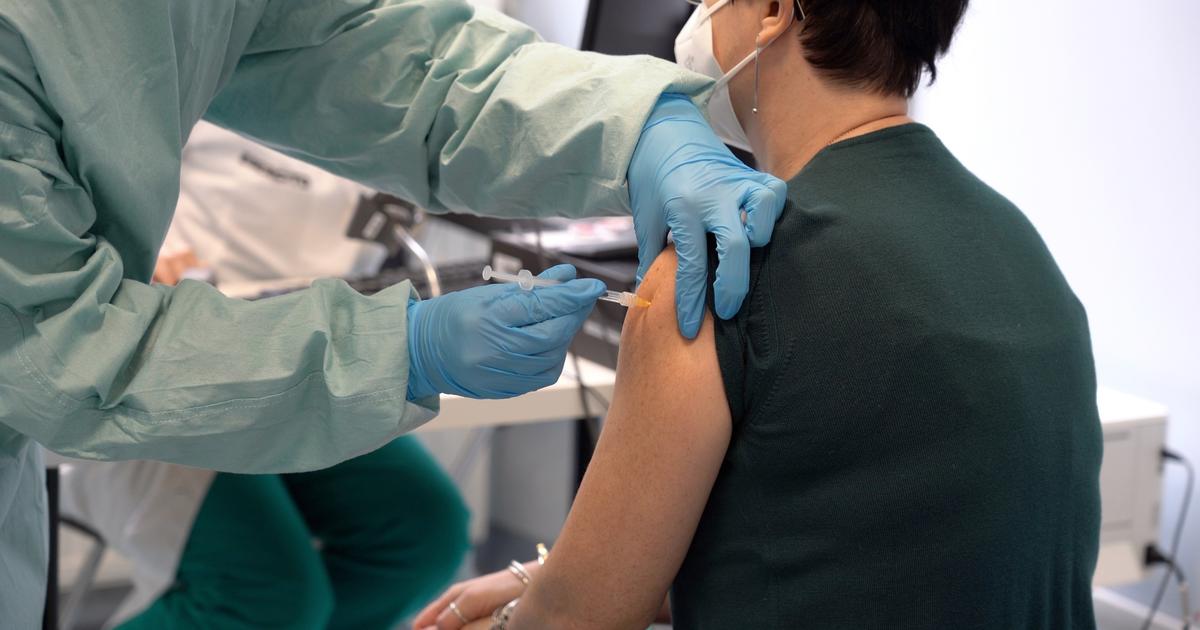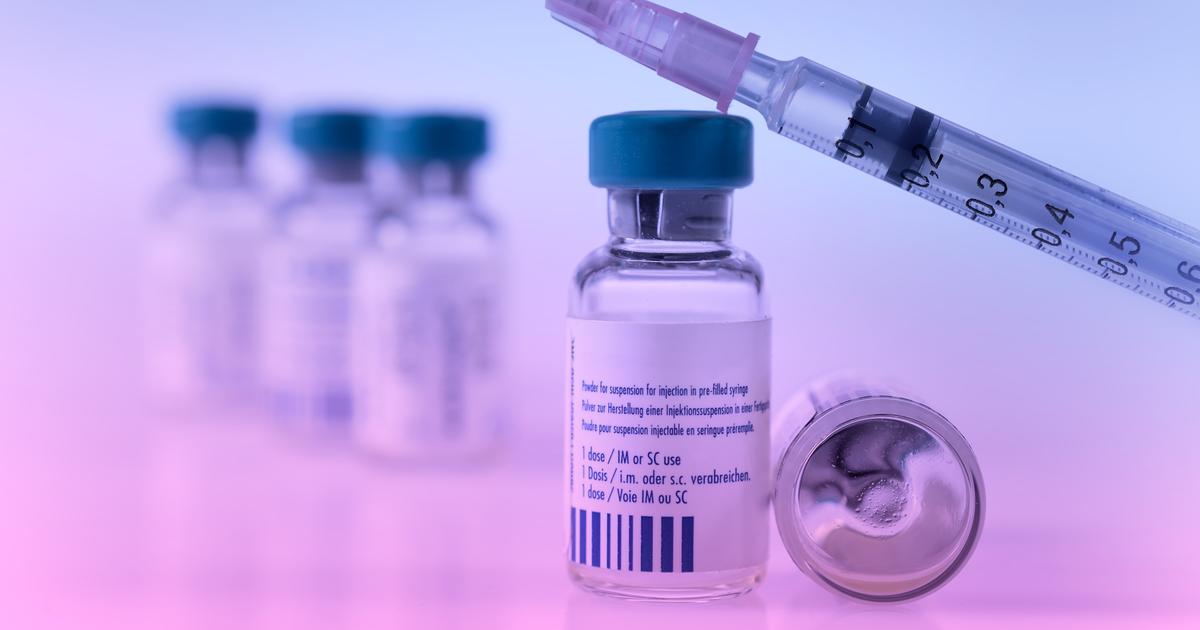It is not enough to say salivary swabs: there are molecular and rapid antigenic ones, different from each other as the molecular tests of the nasopharyngeal swab are from the rapid antigenic ones: it is not easy to orient yourself in the choice of tests for the screening of cases of virus infection SarsCoV2 that schools could adopt. Here is a quick guide, prepared with the help of the experts.
SALIVARY ANTIGENIC TESTS
: they look for virus proteins, but without amplifying them using the polymerase chain reaction (PCR) technique. As a result these tests have "a low analytical sensitivity and a low clinical sensitivity", observes virologist Francesco Broccolo, of the University of Milan Bicocca and director of the Cerba laboratory in Milan. A recent study based on about 11,000 of these tests for screening in schools, positivity was 0.2%: "extremely low," notes the expert. The risk of having false negatives is significant.
CLASSIC MOLECULAR SALIVARY TESTS
: depending on the type, they can predict the amplification of two regions of the virus genome by means of PCR. "As a result, they have a high sensitivity," notes Broccoli. Once the sample has been taken in schools, they can be analyzed in the laboratory, but obtaining the result takes from 12 to 24 hours: "too much for the need for speed of screening, which should be cheap and fast".
DELOCALIZED MOLECULAR SALIVARY TESTS
: the analysis of the sample takes place directly in schools, with an instrument that fits in the palm of a hand and is connected in real time to an analysis laboratory, with an operator who controls the result remotely. They were validated over the summer and some regions are considering adopting them. They guarantee faster results: 30 minutes to identify a sample with a high viral load and an hour and a half in other cases. The downside is the high cost, but it is possible to use techniques that allow multiple samples to be processed simultaneously without compromising the reliability of the result. In this case the cost would be comparable to that of rapid antigen tests.
NEED FOR MORE PRECISE TESTS ABLE TO DETERMINE ALSO THE VARIATIONS
: that is, tests able to search for mutations even in sites of the virus genome that are not currently considered in the tests (today the rapid salivaries see mainly N), observes geneticist Massimo Zollo, of the Department of Molecular Medicine and Medical Biotechnology of the Federico II University of Naples and coordinator of the Covid-19 Task Force of the Ceinge of Naples.
While all tests have so far considered the N protein, the new variants unfortunately already contain mutations in this protein.
For example, seeing the N coding region in the new variants isolated in the world "Delta has three new mutations in the N protein (D63G, R203M and D377Y), the new variant Mu, just identified already has a new one (T205I), three mutations are also in Lambda (R203K, G204R and G214C), two in Iota (P199L and M234I) as well as Kappa has two other mutations (R203M and D377Y) and four in Eta (S2Del, D3Y, A12G and T205I).
"Surely - observes Zollo - screening only on one protein or at most two proteins is not sufficient to promptly identify the onset of new mutations" and therefore identifying the positive in the class will be difficult because it cannot be determined with the probably existing kits.









